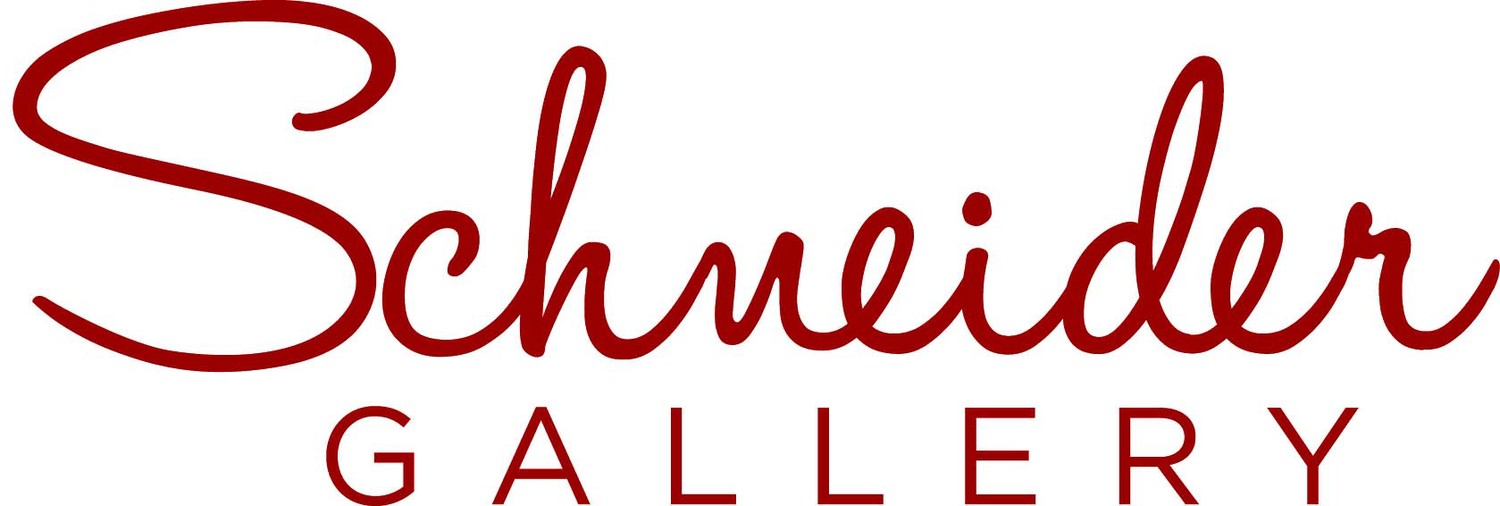Artist Statement
I drive to the small towns in the Argentine countryside to get away from what I know. For me, being uncomfortable stimulates creativity. When I arrive to a new place, I stop, get out, and talk to people. I tell them I am interested in old stores, places that still function almost in a separate time, those that remain authentic, running on their own agendas. Sometimes I think I am photographing the last rebel’s strongholds, or artists’ studios, because these places seem to operate by their own set of rules. When I run out of words, I take my folder out and show prints of previous shots I've taken, like a detective sharing evidence. I am looking for places like these, I ask while flipping through the photographs. My project takes on a collaborative nature because I rely on these interactions, the people I meet point me to new locations, and that’s how I build my itinerary.
During the actual photographic process, I develop a short but intense relationship with the environment I am in. The large-format camera goes on a tripod, it is a wooden box with interchangeable lenses and a bellows extension, and looks like an antique, ‘the ones they used to have in the plaza.’ While tilting, focusing, measuring, dragging, and looking through the dark cloth, the place begins to breathe, slowly, it grows, it comes to life. This is what I am looking for: to transcend the purely descriptive / objective quality of photography and to achieve a more subjective and intuitive way of looking, what Roland Barthes describes in Camera Lucida as… ‘a kind of subtle beyond…” I want to penetrate the image through its surface, to be sucked into the environment, be absorbed and captured by it. My photographs are filled with traces of human presence: objects, furniture, stuff hanging from the walls, accumulations on display. They speak to me of the invisible, that which can’t be seen but is there, stories to be imagined, and, ultimately, the acknowledgement of our own transience in this world.









